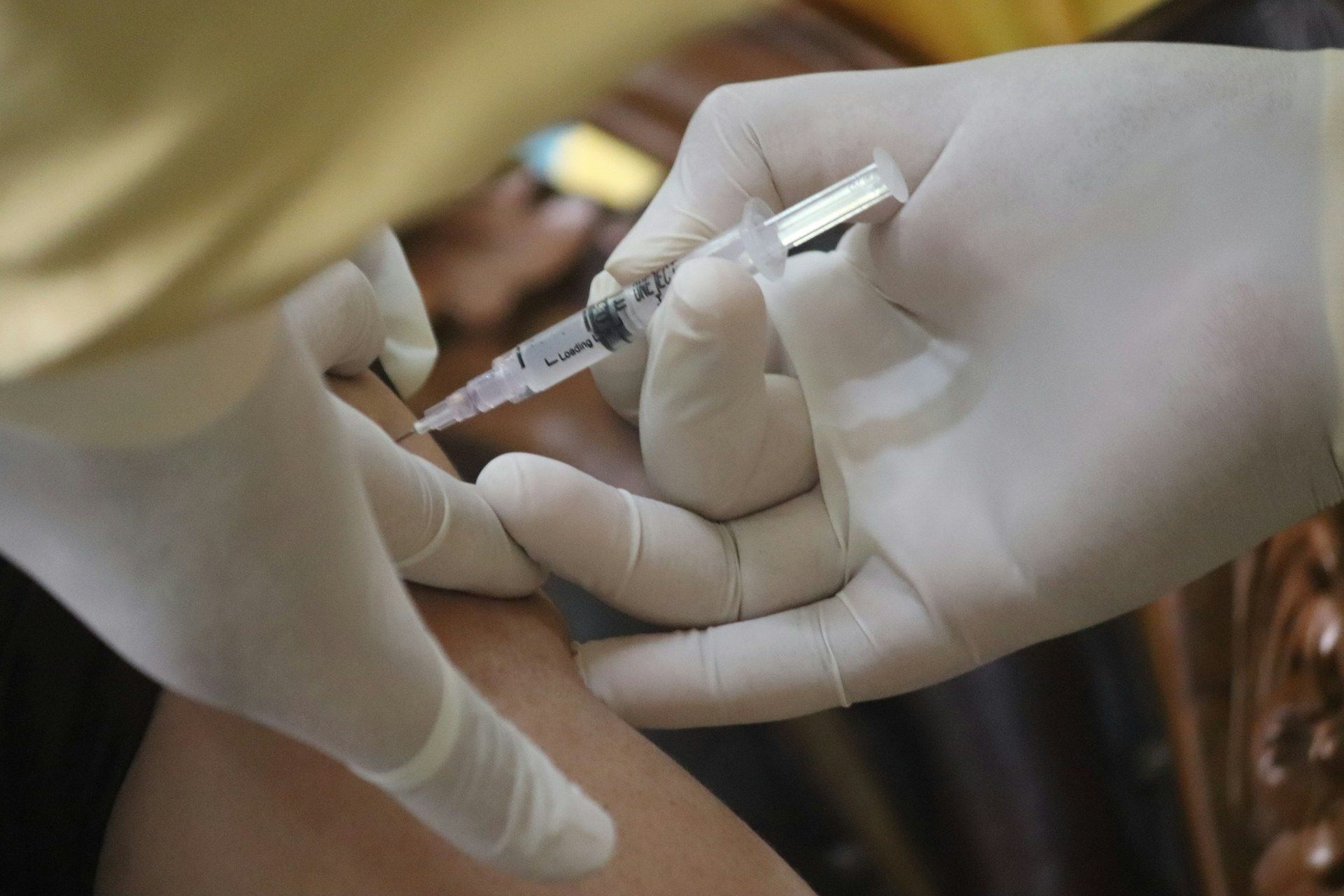Fighting Back Against Complex Regional Pain Syndrome
Complex regional pain syndrome (CRPS) is a highly debilitating chronic pain disorder that often affects a single limb and can result in severe functional limitations. CRPS is characterized by unrelenting pain, sensitivity to touch, swelling, and changes in skin temperature, color, or texture. This potentially disabling condition can significantly hinder daily activities and overall quality of life and often necessitates aggressive, targeted pain management strategies to help individuals cope with their symptoms and regain their independence. Apollo Spine and Pain Center, a premier provider of comprehensive pain management in Southern California, is dedicated to assisting patients with CRPS by offering an array of personalized treatment options tailored to their unique needs and goals.
Managing complex regional pain syndrome effectively necessitates a multidisciplinary approach that encompasses various treatment modalities, medications, therapies, and lifestyle modifications. In this article, we will explore the numerous treatment options available for individuals with CRPS, including pharmaceutical interventions, nerve blocks, spinal cord stimulation, physical therapy, and cognitive-behavioral therapy. In addition, we will examine the critical role of expert guidance and personalized care in crafting a successful CRPS treatment plan, emphasizing the importance of a collaborative, patient-centered approach.
At Apollo Spine and Pain Center, we understand the immense challenges posed by complex regional pain syndrome and are steadfast in our commitment to helping patients navigate this arduous journey. Through cutting-edge treatment options, empathetic care, and ongoing support, our team is driven by the mission to improve the lives of those battling CRPS and to help them reclaim control over their symptoms, one step at a time.
Pharmaceutical Interventions for Complex Regional Pain Syndrome
Medications form an integral component of comprehensive CRPS treatment plans, targeting various aspects of the condition and helping to alleviate pain, reduce inflammation, and improve overall quality of life. Some commonly prescribed medications for CRPS include:
1. Pain relievers: Over-the-counter nonsteroidal anti-inflammatory drugs (NSAIDs) or prescription-strength pain relievers, such as opioids, may be utilized to provide relief from moderate to severe CRPS pain.
2. Antidepressants and anticonvulsants: Certain antidepressant and anticonvulsant medications have demonstrated effectiveness in treating neuropathic pain, a primary symptom of CRPS.
3. Corticosteroids: These anti-inflammatory medications can help reduce pain and swelling in the affected limb, especially during the early stages of CRPS.
4. Topical analgesics: Creams or gels containing pain-relieving ingredients may be applied directly to the skin over the source of pain, providing localized relief.
Interventional Pain Management Techniques for CRPS
In addition to medications, various interventional pain management techniques can be highly effective in providing targeted pain relief for individuals with complex regional pain syndrome. These techniques, which are typically performed by experienced pain management specialists, include:
1. Sympathetic nerve blocks: These injections involve the administration of local anesthetics to block sympathetic nerve activity, which can help reduce pain and improve blood flow in the affected limb.
2. Epidural steroid injections: Injecting corticosteroids into the epidural space of the spine may help reduce inflammation and provide relief from CRPS-associated pain.
3. Spinal cord stimulation: This minimally invasive, reversible procedure involves the use of electrical pulses to alleviate pain by blocking pain signals transmitted from the spinal cord to the brain.
Physical and Occupational Therapy for CRPS
Physical and occupational therapies play a critical role in CRPS treatment plans by helping patients restore range of motion, strength, and overall function in the affected limb. These therapies aim to:
1. Develop personalized exercise programs: These programs focus on gentle, gradual stretching and strengthening exercises that improve mobility and function while minimizing pain exacerbation.
2. Desensitization techniques: Physical therapy can include desensitization exercises designed to reduce sensitivity to touch in the affected area by exposing it to various textures and sensations gradually.
3. Functional retraining: Occupational therapy focuses on functional activities, such as returning to work, self-care, and engaging in meaningful hobbies, by teaching coping strategies and adaptive techniques.
Cognitive-Behavioral Therapy and Mind-Body Approaches for CRPS
Living with complex regional pain syndrome can take a significant toll on emotional well-being, leading to anxiety, depression, and other psychological challenges. Cognitive-behavioral therapy (CBT) and other mind-body approaches are vital components of comprehensive CRPS treatment plans, as they promote:
1. Understanding the mind-body connection: Working with a trained mental health professional, patients can learn to recognize the interplay between physical pain and emotional responses.
2. Developing coping strategies: CBT and similar techniques can help individuals with CRPS build a toolkit of effective pain management strategies, including relaxation techniques, mindfulness exercises, and adaptive problem-solving.
3. Addressing mental health concerns: CRPS patients can benefit from addressing any coexisting mental health conditions, such as anxiety or depression, to enhance overall well-being and bolster resilience.
Creating a Successful CRPS Treatment Plan: The Importance of Expert Guidance and Personalization
A successful CRPS treatment plan hinges on the collaboration between patients and experienced healthcare professionals, such as the team at Apollo Spine and Pain Center. To determine the most appropriate treatment approach, consider the following:
1. Comprehensive evaluation: A thorough assessment of the patient's medical history, symptoms, and previous treatment outcomes will inform the development of an individualized treatment plan.
2. Multidisciplinary approach: Engaging a coordinated team of pain management specialists, physical and occupational therapists, and mental health professionals can ensure a comprehensive treatment strategy is implemented.
3. Ongoing adjustments: Regular follow-ups with healthcare providers can help identify necessary modifications to treatment plans, accommodating any changes in the patient's condition or responsiveness to treatment.
Conclusion
Combating complex regional pain syndrome necessitates a multifaceted treatment approach that encompasses pharmaceutical treatments, interventional
pain management techniques, physical and occupational therapy, and cognitive-behavioral therapy. By understanding the available options and working closely with the professionals at Apollo Spine and Pain Center, CRPS patients can begin to regain control over their symptoms, making strides toward a brighter, pain-free future. Through expert guidance, steadfast support, and personalized treatment plans, the battle against complex regional pain syndrome can be won, one step at a time.












